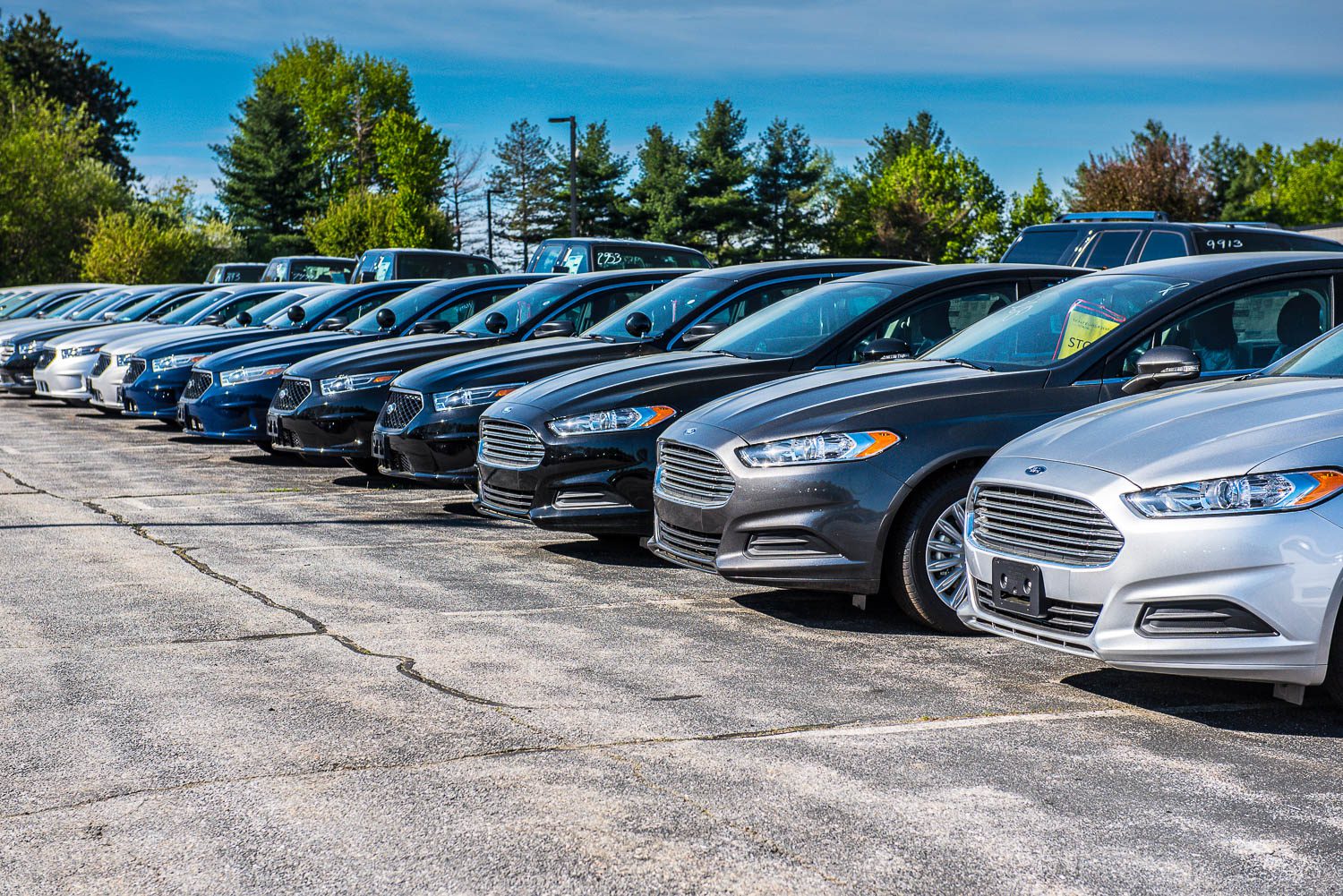With costs of new vehicles rising and consumers’ pocketbooks still being strained by the coronavirus pandemic, used vehicle demand has significantly spiked since the COVID-19 pandemic began. Inventory of new cars is becoming an issue for dealers now, seeing as manufacturing plants were shuttered for several weeks earlier in the year and production still has not caught up yet. The backlog is making the used lot look more attractive and sending business that way instead.
Mike Colias of The Wall Street Journal reported that June’s used vehicle sales were 17% higher than pre-pandemic forecasting predicted. Cox Automotive reported that sales of used vehicles in July were down only 5% compared to July of 2019, which is in stark contrast to sales of new cars, which were down a hefty 26% from last year. Used car popularity is likely also up because interest rates for used car loans have decreased slightly since the spring, which is undoubtedly always an incentive for auto consumers.
Cox Automotive noted that “the total U.S. supply of unsold retail used vehicles at franchised and independent auto dealerships stood at 2.18 million vehicles on July 20th, compared with 2.65 million vehicles in the same week a year ago.” Every mainstream vehicle brand is seeing a decline in used inventory, with Toyota at the lowest supply, which increases demand and also normally begins to increase costs.
 Although dealerships are trying to keep prices lower for consumers despite the detrimental effects the pandemic has forced on them, dealers are seeing a spike in used car prices at auctions. Manheim’s latest used vehicle index indicated that prices of wholesale used vehicles increased by 4.4% in just the first half of July compared to the end of June. Jonathan Smoke of Cox Automotive stated that although we have “enjoyed a dramatic and rapid recovery in the auto market,” we may see “reversing” trends in the coming months if COVID-19 continues to plague the country and affect jobs and prices.
Although dealerships are trying to keep prices lower for consumers despite the detrimental effects the pandemic has forced on them, dealers are seeing a spike in used car prices at auctions. Manheim’s latest used vehicle index indicated that prices of wholesale used vehicles increased by 4.4% in just the first half of July compared to the end of June. Jonathan Smoke of Cox Automotive stated that although we have “enjoyed a dramatic and rapid recovery in the auto market,” we may see “reversing” trends in the coming months if COVID-19 continues to plague the country and affect jobs and prices.
Keeping Used Cars Affordable
As a result, a daunting question for dealerships at this time is if they can continue to keep used vehicles affordable for consumers. The average price of a used vehicle has risen about $450 since July of 2019 and the rising costs definitely aren’t helping consumers who have been hit hard financially by the pandemic. Whether or not dealerships can keep costs from spiking while paying higher rates at auctions is unclear as it seems the unforgiving pandemic is not going to vanish soon.
Dealerships will likely benefit from liquidating older inventory that is less in-demand while waiting for new inventory to come in. Many dealerships have turned to the utilization of digital marketing and other technology to gain customers and sell cars. Consumers, especially those who are still afraid to go out because of the pandemic, are becoming satisfied with online browsing and buying. Detailed inventory and features like a 360-degree “tour” of vehicles will draw customers in without them needing to be physically present for the purchase. Dealerships should improve their digital presence if possible and promote their older, less expensive inventory in the hopes that tight-budgeted consumers will notice it and possibly make the purchase.
Of course, it is a good thing that auto sales are rebounding after the shuttering of many manufacturers and dealerships throughout the past few months. As manufacturing plants throughout the world ramp up production back to pre-pandemic rates, inventory of both new and used vehicles will hopefully not be as tight for dealers who are already finding ways to cut back on costs and still provide attractive prices and incentives for their customers.
Did you enjoy this article from Kimberly Hurley? Read other articles from her here.


While you’re here, don’t forget to subscribe to our email newsletter for all the latest auto industry news from CBT News.







